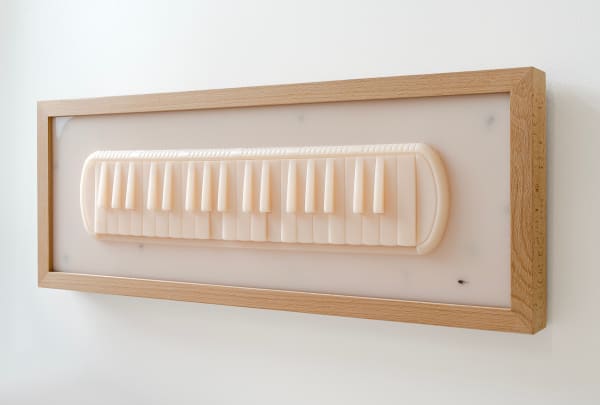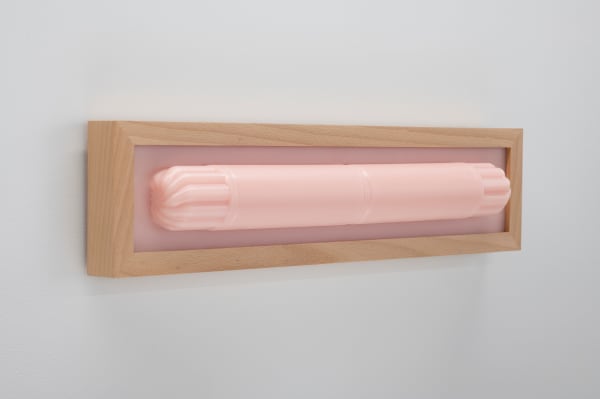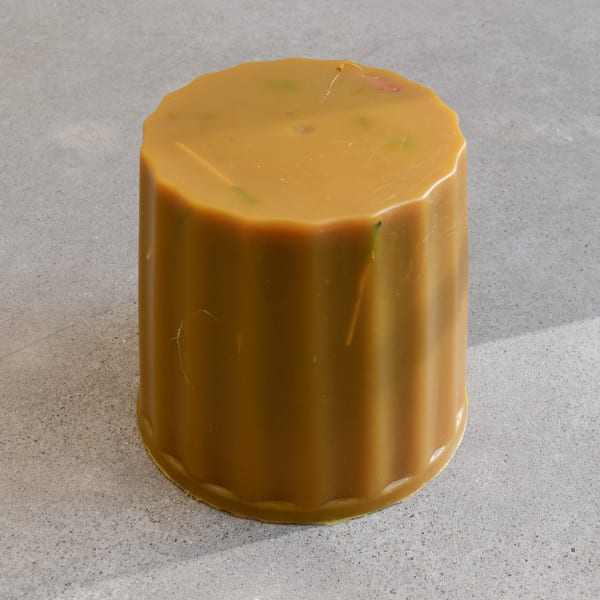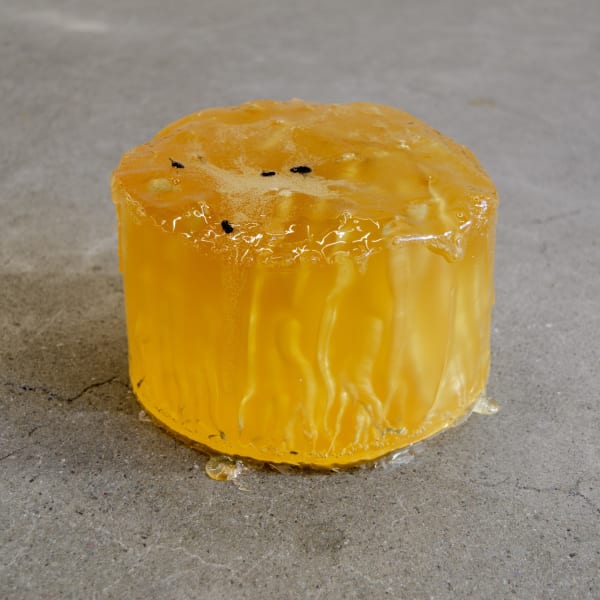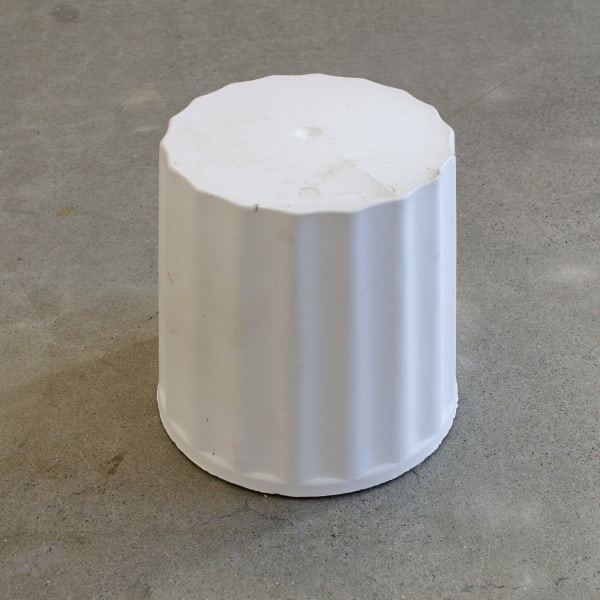-
“If all life were to be swept from the world, leaving only its chemical constituents, no visitor from another star would be able to establish the reality of such a phantom. The dust would lie without visible protest, as it does now in the moon’s airless craters, or in the road before our door. Yet this is the same dust which, dead, quiescent and unmoving, when taken up in the process known as life, hears music and responds to it, weeps bitterly over time and loss…” — Loren Eiseley
OUT OF BREATH, Caitlin Devoy
Dina Jezdić
“We see the world not as it is, but as we are” — Anaïs Nin
The world does not arrive to us intact. It bends at the point of perception, shaped by memory, mood, and the stories we carry. What we see is often not what is there, but what we fear or hope to find. In Out of Breath, Caitlin Devoy gives these distortions a body. By focusing on the quiet misdirections of the mind—those that make things feel more personal, more permanent, truer than they are—she allows them to take shape in the viewer’s consciousness. We feel our way through. Familiarity and uncertainty coalesce.
Breath enters. Caught inside a recorder, held in the pause of a suspended note, it lingers. Tiny air bubbles float. The pale keys of the melodica are frozen mid-thought, flickering between presence and absence. Objects hover between sinking and rising, like lungs caught mid-breath—motion suspended. The recorder, now a ghost of itself, is cast so thin it evokes the sensation of breath not just heard but held, like a body remembering its own vulnerability. What looks like an instrument becomes a wound, a lung, a reliquary. The work gently exposes how perception blurs, the line between object and feeling dissolving.
A drum stool cast in wax invites you to sit and melt into its surface. Its fragrance arrives before its meaning: sweet, familiar, faintly bitter. It suggests a performance has passed. What remains is the imprint. Drumsticks, their tips scorched like spent matches, imply a joke—a gesture toward effort, desire, the body in motion, and the trace it leaves behind. Synaesthetic, blending our senses, the work blurs sensation and meaning. Smell becomes memory. Touch becomes metaphor. Sight becomes sound.
What looks like dripping honey is rubber, pulled from the inside of a mixing bucket. What appears to be amber is a synthetic proxy. Intentional castings simulate trash. Still, these works remain faithful to their origins. They do not hide where they came from. A drumstick is still a drumstick. The metaphor doesn’t obscure the material—it grows out of it, like a seed pushing through soil.
In Devoy’s hands, humour and criticality are twins. Silicone casts of spray cream canisters gesture toward sex toys. An amber waste bin, suspended with detritus—shitty and precious. The body is not only sacred. It is absurd. It leaks, it aches, it thumps.
At the heart of the exhibition is casting—not just as technique, but as a form of deep attention, a transformation of experience into form. Objects emerge from a primordial chemical liquid. Each material carries its own temperament. They reveal their elemental volatility, appearing to bubble over or break down under heat or humidity. A lure for light and insects. They misbehave like feelings—unruly and unpredictable.
Surfaces are lifted from everyday objects, pulled from buckets, peeled from interiors. Devoy transforms what is usually discarded—residues, spills, the debris and waste of making—and gives them new shape. Casting becomes a kind of reveal. These works speak of what often goes unseen: the hidden ninety-eight percent of the body, the part not arranged for view. They breach the boundary of emotion, holding not only the duality of surface and depth, but most importantly, what we memoralise or hold onto.
There is a quiet ritual at work. Embalming resins, frankincense and myrrh, moths, bees, and silkworm gut are suspended in amber-like stillness. The sculptures hold these like time holds memory of an Egyptian embalmer employing resins to preserve the body and seal it from decay. Insects—beetles, especially scarabs—were placed inside wrappings as symbols of regeneration, or tempted into the scent-rich balm. Devoy’s works hover between preservation and the verge of destruction or collapse.
Perhaps this is the work’s quiet insistence: these pieces are alive. They hold the marks of process, of revision—the almost and the not-quite. Like the scent left on a worn T-shirt after a one-night stand, the only trace of a body already gone, this work reminds us that music begins with breath. Object and body merge. Like shed skin, the discarded can hold a strange intimacy, even without intending to. Sometimes the hollow tells us more than the surface.
Caitlin Devoy, Out of Breath, Online catalogue
Past viewing_room

